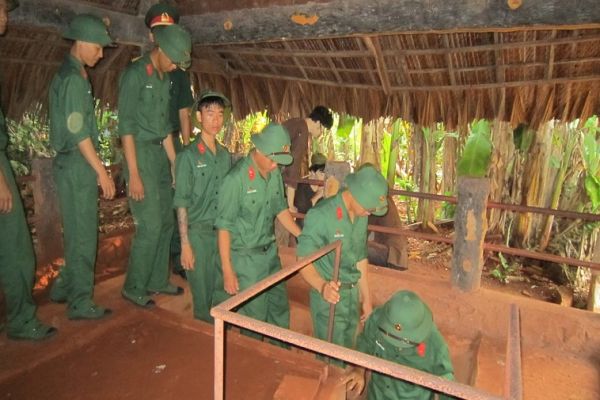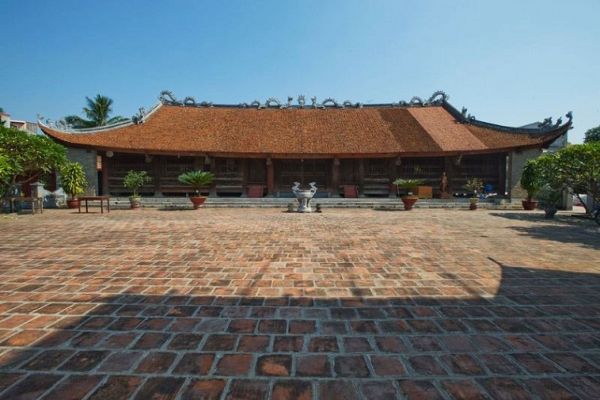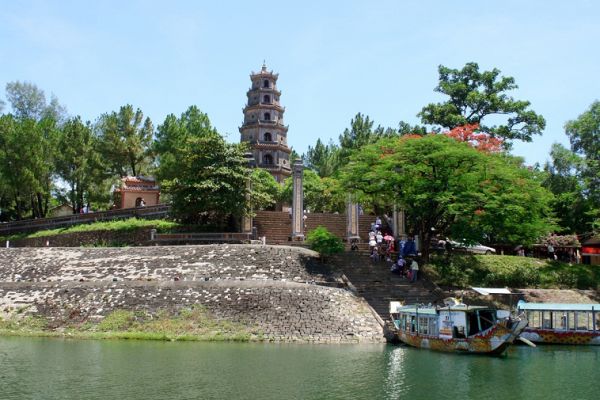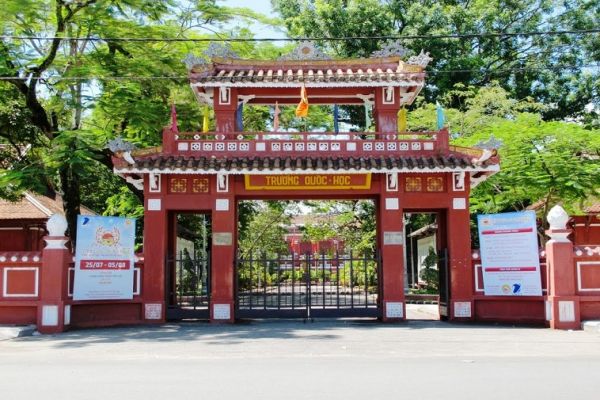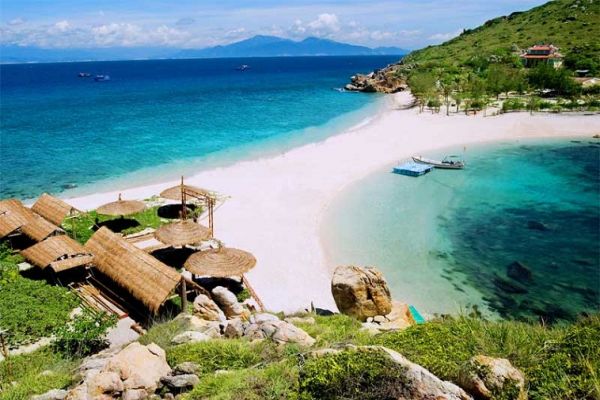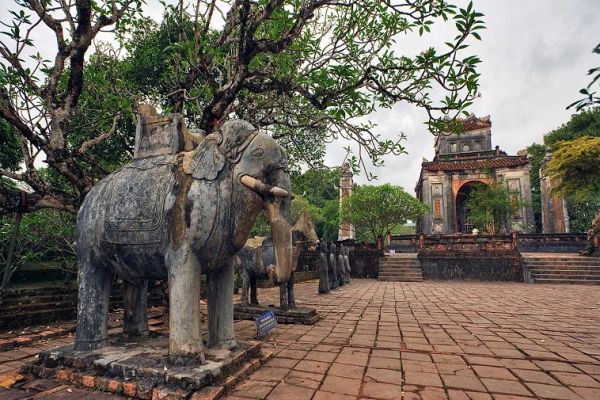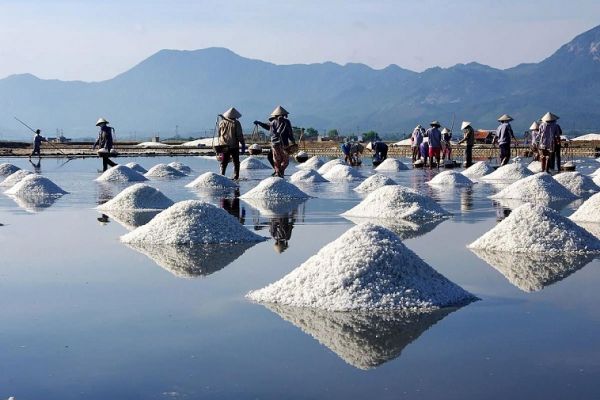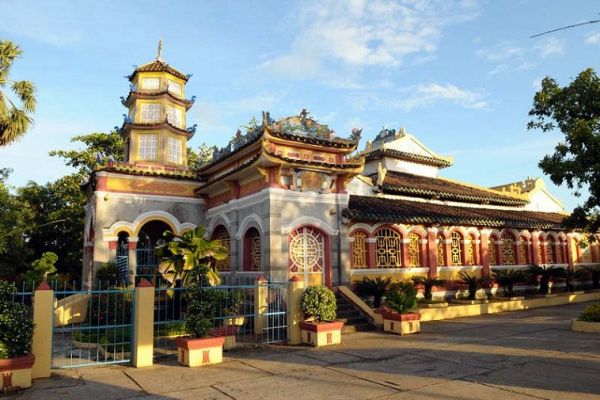There is a pathway of which both sides are lined with Cai and Kim Dong rivers leading to a 200-year-plus pottery village, a 10-minute drive from central Nha Trang City.
Lu Cam Village in Ngoc Hiep Commune is known for baked-clay stoves. Despite great social and economic changes, the craft still exists there.
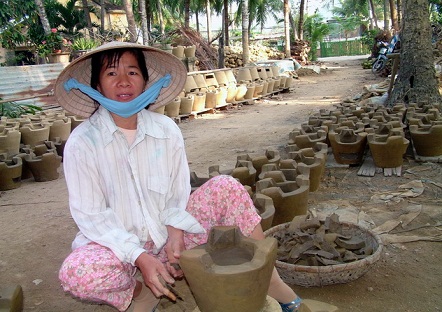
Nearly 200 years ago when trade by sea was active, the village on the bank of the Cai River made various kinds of pottery such as jars, stoves and vases and these products were sold to many places, including the coastal areas of Phan Rang and Phu Yen. Nearly 200 years ago when trade by sea was active, the village on the bank of the Cai River made various kinds of pottery such as jar, stoves and vases and these products were sold to many place, including the coastal areas of Phan Rang and Phu Yen.
However, waterway transportation ate into profit, so pottery was taken to the marketplace mainly by bike or people.
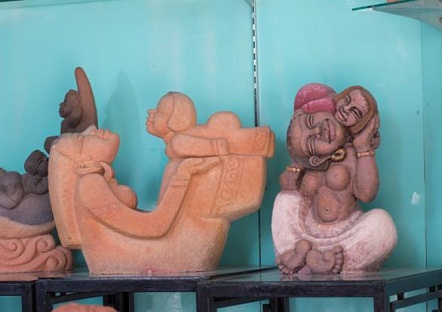
Lu Cam stoves are still favored although other kinds of stove like electric and gas stoves are dominant on the market. Vietnamese families often use a clay stove to grill meat or cook some dishes.
When the traditional Lunar New Year holiday comes, the pathway is full of stoves that are dried under the sunlight before they are put into a big charcoal oven for baking.
On a 1,000m² area is a house where Lu Cam pottery has been made for generations. Ten years ago, there was a charcoal oven in front of the yard used for baking several thousand stoves at a time. The oven was then over 50 years old.
Due to the fall in consumption, it was replaced by two smaller ovens that are able to bake 500 and 1,000 stoves at a time each.
There are many steps taken to produce such a simple stove. Clay is mixed and stuffed with water and divided into small parts and each is enough to make a stove. The outer cover of the stove is made from galvanized zinc sheets to prevent clay from sticking on the mould. After finishing the first mould, artisans will design the stove shape, and attach handles and other parts. After that the stoves will be dried under the sun for 24 to 48 hours and then put into the oven.
The final step is to wait for the stove to cool, then stick the grid and bring it to the market. A finished stove costs VND8,000. Resellers can cover it with galvanized zinc to increase its durability and sell it for VND18,000 to VND20,000 per unit.
Lu Cam pottery village is a recommended destination for foreign tourists. In this tour, tourists can take part in the stove making process.

